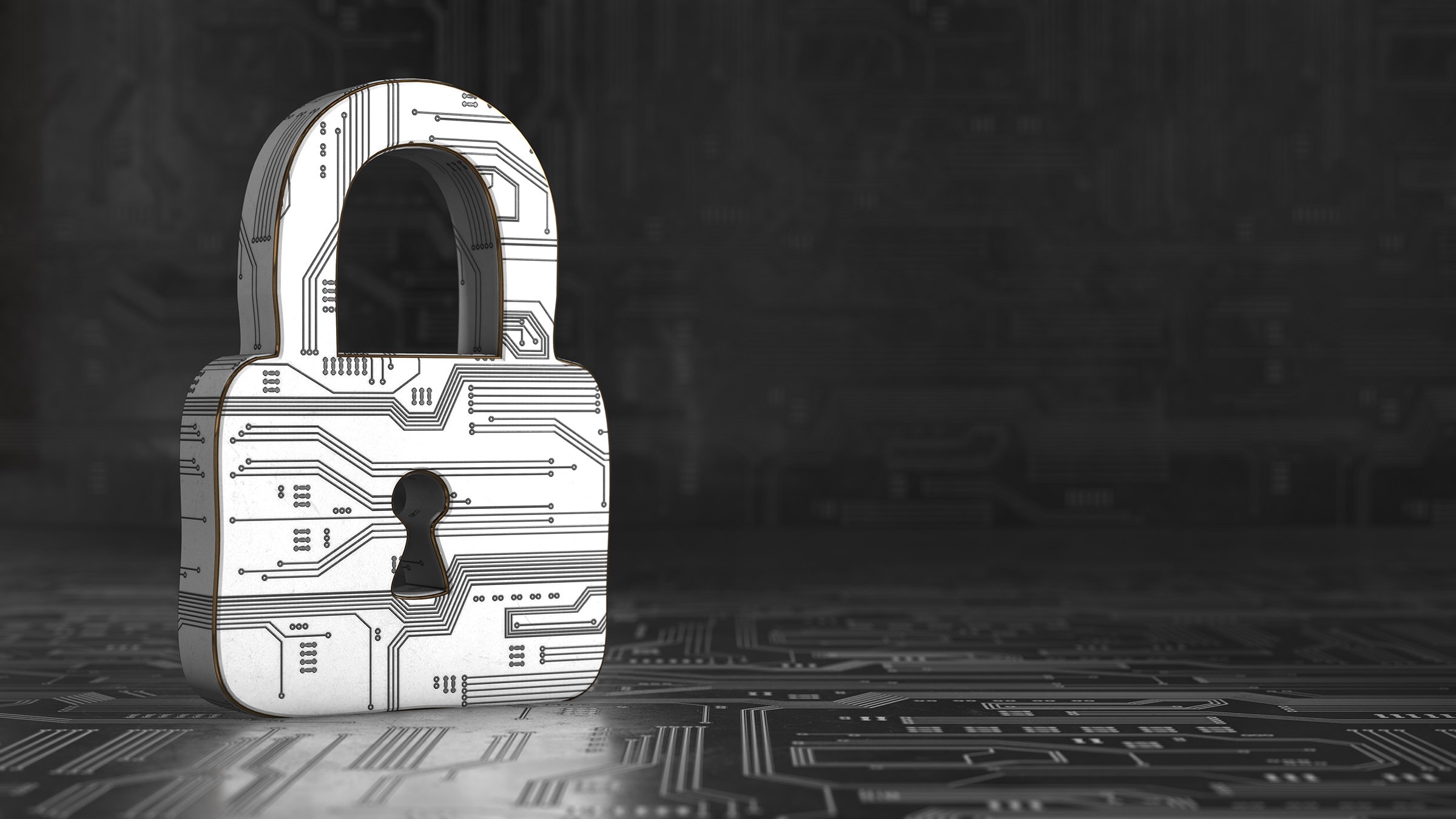By Michael Szentkiralyi, Product Manager, Rockwell Automation
Today’s human-machine interfaces (HMIs) provide access to not only production systems, but also to an increasing amount of sensitive production information. This is why it’s so critical for HMIs to be secured.
For example, by accessing an HMI either remotely or in person, bad actors who access an HMI either remotely or in person could make changes to a production system that could compromise product quality or even create unsafe conditions for workers. They could also access HMI displays, recipes and trending information that contain intellectual property.
Of course, security threats aren’t always malicious. Well-intentioned workers also can make changes to production systems that can lead to wasted product and downtime.
To reduce the risk of these incidents, modern HMI software is designed to help protect people, processes and intellectual property in several ways.
5 Key HMI Security Features
Modern HMI software offers a range of features that can help strengthen security, including the following:
1. Access Control. User authentication and authorization services in HMI software can help make sure only the right people can perform the correct actions at the right terminals. Users can even require that specific production assets can be accessed only from specific terminals, based on factors such as an operator’s line of sight to machinery.
2. Mobile Security. Mobile HMIs — laptop PCs, tablets or smart phones — are increasingly being used to free workers from fixed terminals. And mobile HMI software can deliver the same level of role-based access control to mobile devices as it delivers to stationary terminals. It allows users to restrict specific displays and interactions for certain users, such as restricting remote workers to view-only HMI access.
3. Electronic Signatures and Change Confirmation. Built-in change confirmation with electronic signatures can provide confidence that only authorized individuals have access to perform certain operations or make changes.
You can even require a second electronic signature from an employee in a designated “approver” user group. And if something goes wrong in production, you can review those electronic signatures and what changes were made to help identify the incident's cause.


